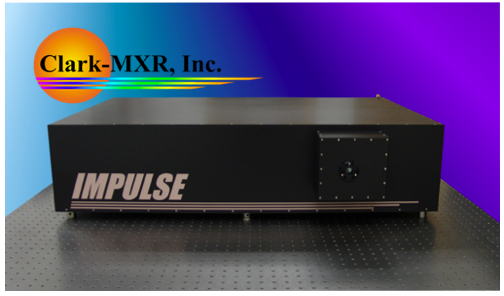Dexter, MI. March 06, 2014: The understanding of electron correlation is an important part of modern electron spectroscopy experiments. Electron coincidence spectroscopy provides information about the electronic properties of surfaces and is useful in the design of functional materials. Traditionally, these experiments have been done in large synchrotron facilities where beam time is limited – a problem compounded by the fact that accurate results require long data collection times.
Professor Wolf Widdra and associates at Martin Luther University and Max Plank Institute in Halle, Germany overcame this hurdle by using a Clark-MXR Inc., Model IMPULSE to generate high harmonics ranging from 13 eV to 45 eV (27.55 nm) in a jet of noble gas - effectively creating a MHz rep rate tabletop synchrotron in their own lab to perform their experiments. Professor Widdra’s latest work titled “Electron pair emission detected by time-of-flight spectrometers: Recent progress” is published in the journal of Applied Physics Letters, 104, 061602, 2014 (http://dx.doi.org/10.1063/1.4864274).
About Clark-MXR: Clark-MXR (www.cmxr.com) has been instrumental in the development of innovative ultrashort pulse laser-based solutions for scientific, industrial, and medical applications. Its products and services include ultrashort pulse laser sources, integrated ultrafast micromachining workstations and spectroscopy instrumentation. It also performs contract manufacturing for third parties using ultrashort pulses of light. The company is an active participant in the SBIR program and has received over 17 awards, often in partnership with academic and industrial institutions.














